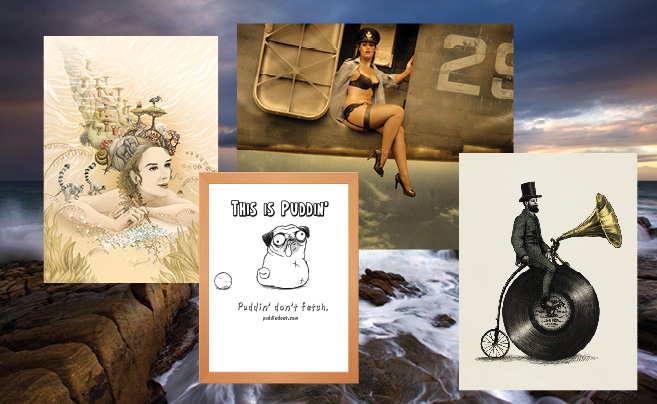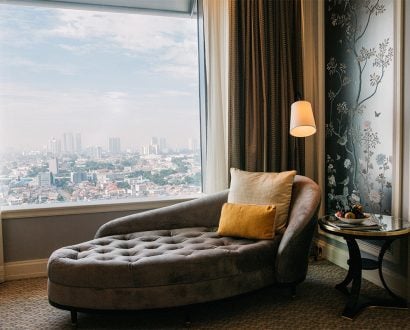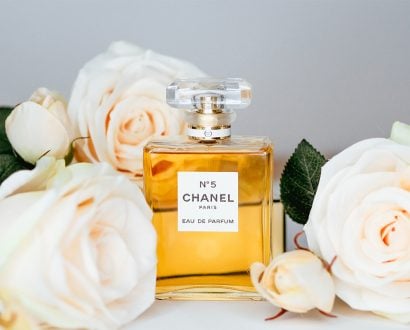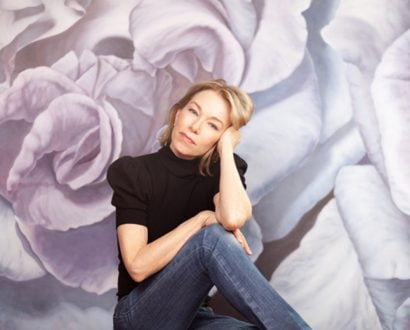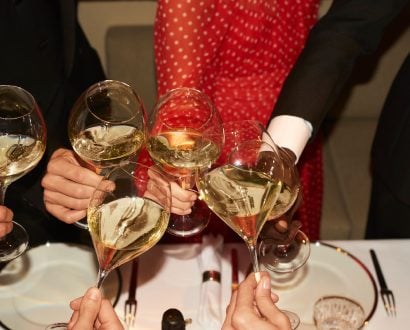Redbubble showcases the spectrum of artistic style — from evocative black and white photographs that capture every emotion, however trifling, to vibrant and quirky, pixelated graphics that take you back through time to the 80s. Founded in 2006, Redbubble is both an online marketplace for art, and a creative community. It is a place for artists to connect and collaborate, immerse themselves in design and inspiration, and share the fruits of their labour. The CEO Magazine spoke with co-founder Martin Hosking about his own personal love of art, and the role that Redbubble is playing in supporting artists and disseminating the decorative arts.
The CEO Magazine: What initially inspired you to found Redbubble?
Martin: I have always had an interest in the role that art plays within society, and am motivated by allowing more people to participate in creative expression; both as creators and as consumers.
However, what my co-founders [Peter Styles and Paul Vanzella] and I wanted to achieve by establishing Redbubble was to help independent artists reach a global marketplace through the power of the internet, and by harnessing the new print-on-demand technology.
Today, Redbubble is creating the world’s largest marketplace for independent artists.
How many artists are involved in Redbubble and where in the world do they come from?
Currently, there are 432,000 selling artists. They come from all over the world but tend to be concentrated in the markets where we mainly sell, namely the United States, Canada, Europe, and Australia.
Do you see mass customisation in conflict to unique art?
No, Redbubble comes out of the long tradition of the decorative arts: think pre-Raphaelites, William Morris, and the Arts and Crafts movement. This is art that is more accessible; it’s about people enhancing their lives by embracing meaningful styles and products. The high arts — and unique art — have a role to play, but it is not in conflict with the accessible art that is created by the artists on Redbubble.

